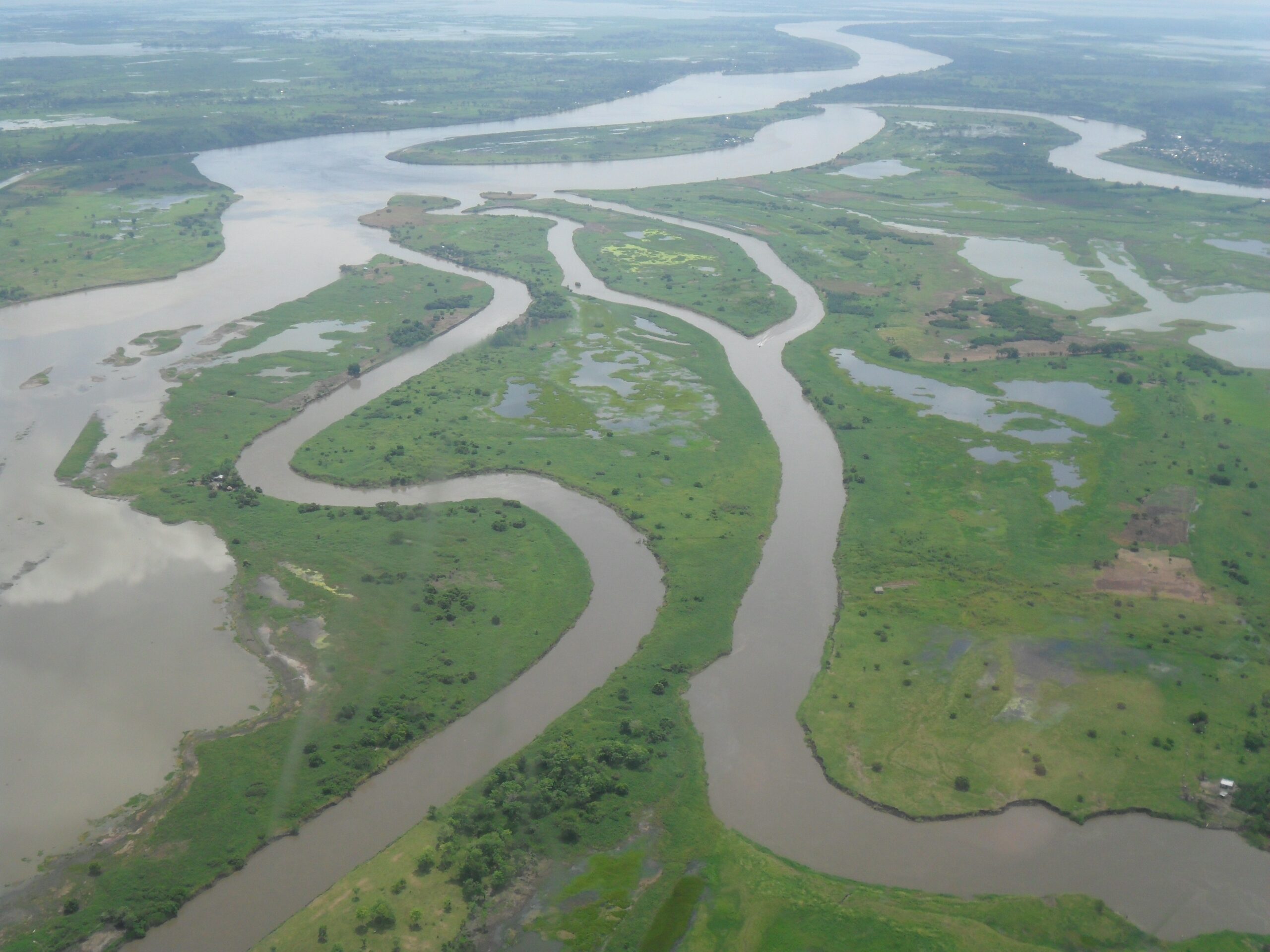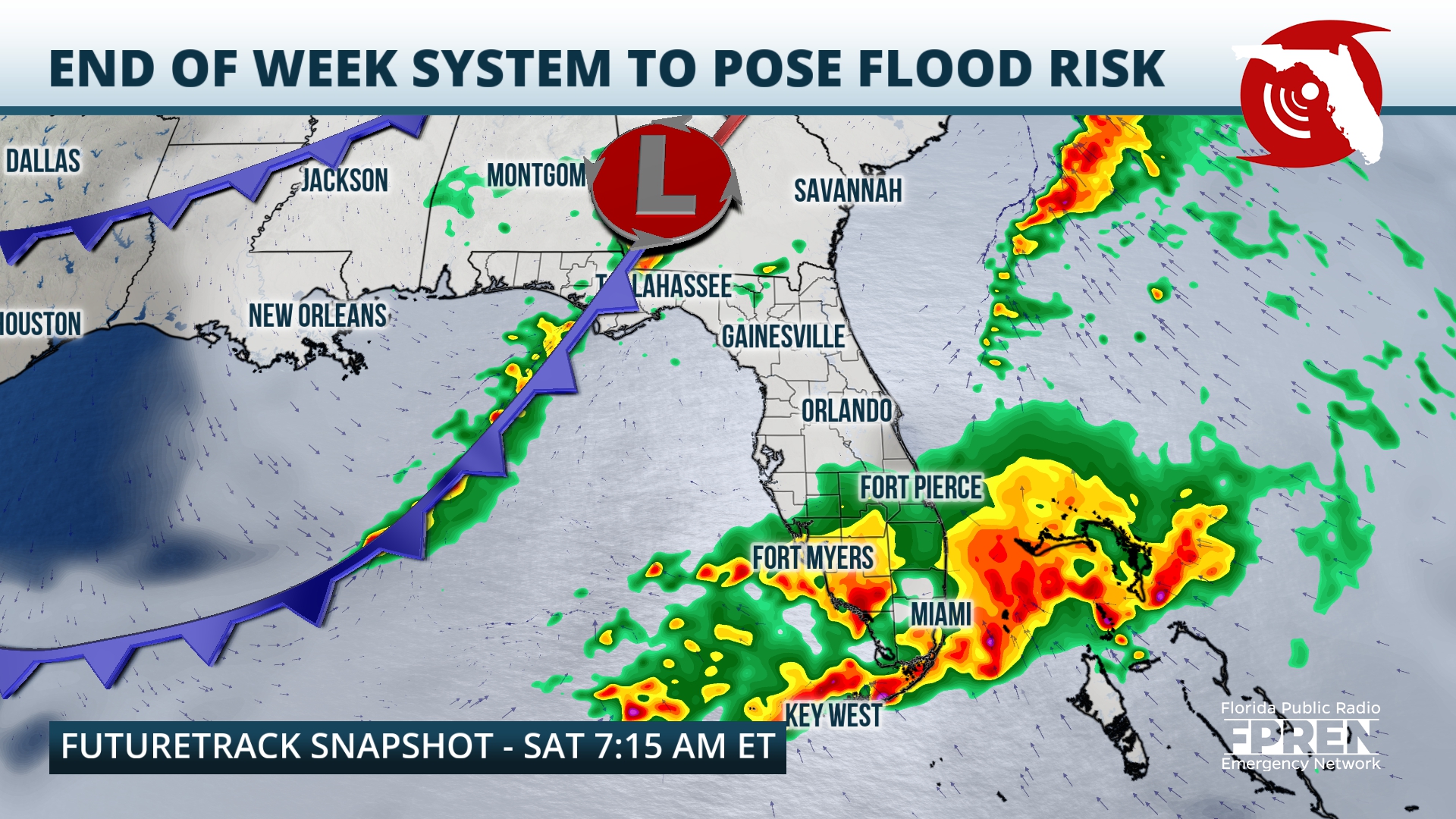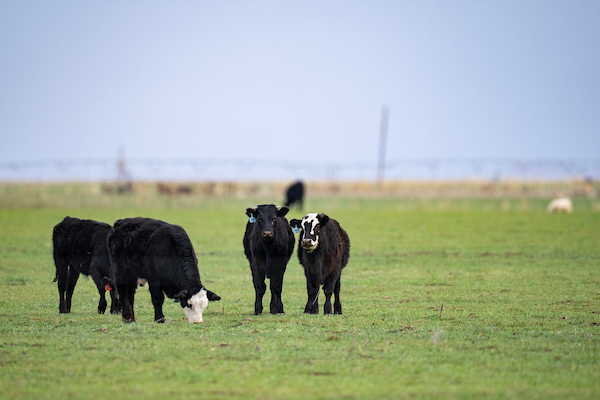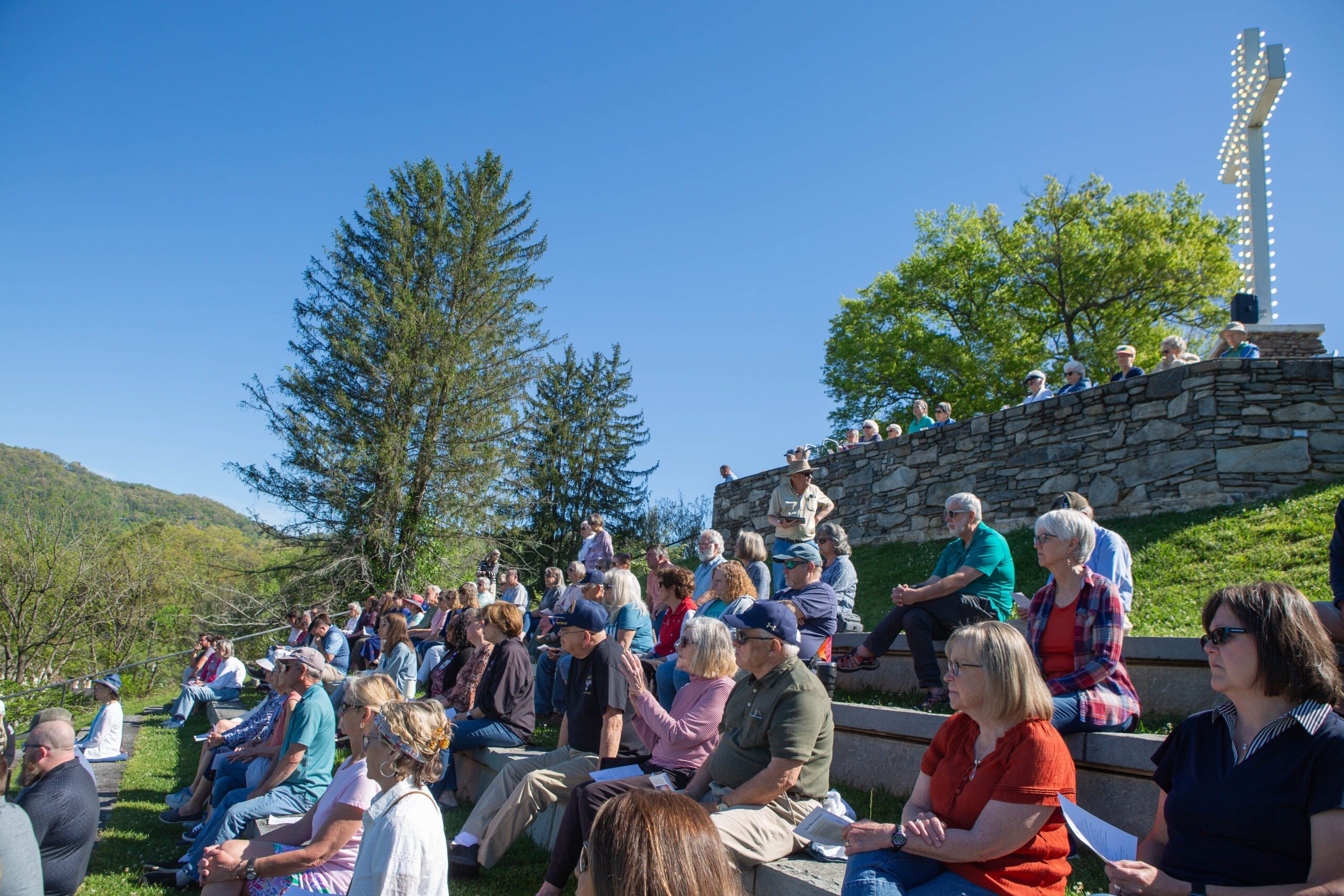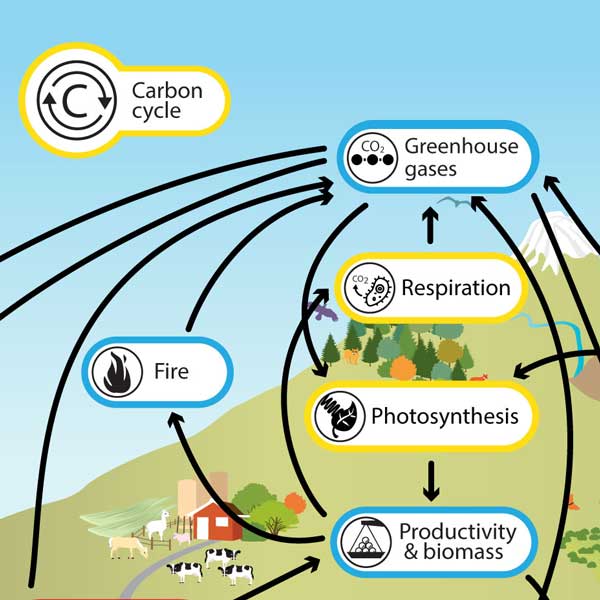Report on Natural Process-Based Coastal Wetland Restoration via River Flow Path Relocation
A Study in the Context of the Sustainable Development Goals
Introduction: Aligning Coastal Restoration with Sustainable Development Goals
The Global Challenge of Wetland Degradation
Coastal wetland ecosystems are facing unprecedented degradation globally, with approximately 50% lost due to intensive human activities and climate change. This loss severely undermines critical ecosystem services, including biodiversity support, coastal blue carbon storage, and resilience against climate-related hazards. The degradation of these vital ecosystems directly conflicts with several Sustainable Development Goals (SDGs), including:
- SDG 14 (Life Below Water): The decline of coastal wetlands threatens marine biodiversity and the health of coastal ecosystems.
- SDG 15 (Life on Land): The loss represents a failure to halt the degradation of natural habitats and biodiversity.
- SDG 13 (Climate Action): Diminished wetlands reduce natural carbon sinks and weaken the adaptive capacity of coastal regions to sea-level rise and extreme weather events.
Urgent action is required to restore these ecosystems, particularly in large, dynamic river deltas that are hotspots of both ecological value and human pressure.
A Nature-Based Solution for Delta Restoration
This report examines the ecological feasibility of relocating river flow paths as a natural process-based restoration strategy. Historically, river diversions have been driven by socioeconomic goals such as flood control or land reclamation. This study reframes the practice as a tool for ecological restoration, using a river’s own sediment-delivery processes to build new land and rehabilitate eroded wetlands. This innovative approach contributes to:
- SDG 6 (Clean Water and Sanitation): Specifically, Target 6.6, which calls for the protection and restoration of water-related ecosystems, including wetlands and rivers.
- SDG 9 (Industry, Innovation, and Infrastructure): It presents a nature-based, sustainable alternative to hard engineering solutions for coastal management.
Case Study: The Yellow River Delta (YRD)
Context and Rationale
The Yellow River Delta (YRD) was selected as the case study due to its history of frequent river diversions and its status as one of the world’s most dynamic, sediment-rich deltas. The region has suffered extensive wetland loss (nearly 300 km² in the Diaokou channel area alone from 1976-2019) and degradation from oil extraction, agriculture, and aquaculture. This situation presents a critical challenge to SDG 15.3 (Combat Desertification and Restore Degraded Land) and necessitates effective restoration to rebuild ecological security.
Investigated Scenarios for Sustainable Management
An integrated numerical simulation framework was used to model the long-term ecological consequences of three potential river flow path relocation scenarios over a 10-year period:
- The Qingshuigou Northeast (QN) Scenario: The current, existing flow path since 2007, serving as the baseline.
- The Qingshuigou Southeast (QS) Scenario: A historical pathway used from 1976 to 1996.
- The Diaokou River (DK) Scenario: A historical channel used from 1964 to 1976, now prioritized as a backup option.
Key Findings: Ecological Outcomes of River Flow Relocation
Delta Morphology and Wetland Formation
The simulation revealed significant differences in the ability of each scenario to create new land and restore wetland areas. The process involved the initial formation of intertidal wetlands, which gradually evolved into more stable supratidal wetlands as sediment deposition raised the land elevation.
- The DK scenario demonstrated the highest ecological benefit, creating the largest area of new tidal wetlands (183 km² total, comprising 148 km² of intertidal and 35 km² of supratidal wetlands). This was attributed to accelerated, widely dispersed sediment deposition and the lowest rate of coastal erosion.
- The QS scenario produced intermediate results, forming 119 km² of new wetlands.
- The QN scenario (the current path) was the least effective, generating only 56 km² of new wetlands due to a steeper initial bathymetry that required more sediment to build land.
Vegetation Habitat and Biodiversity Potential
The creation of new land directly translates to the formation of new habitats for pioneer vegetation, a critical first step in ecological succession. The study assessed habitat suitability for Suaeda salsa, a key salt marsh species.
- The DK scenario generated the largest area of both optimum and suitable growth habitats, creating a robust foundation for restoring coastal biodiversity.
- This finding directly supports the objectives of SDG 15.5 (Halt Biodiversity Loss) by demonstrating a viable method for creating and expanding habitats for native species.
Discussion and Implications for Sustainable Development
Advancing SDG 14 (Life Below Water) and SDG 15 (Life on Land)
The results provide a clear, evidence-based pathway for restoring coastal ecosystems in the YRD. Implementing the DK scenario would maximize the creation of new wetland habitats, directly contributing to the restoration of coastal ecosystem health and function. The newly formed salt marshes would enhance habitat suitability for shorebirds, increase nutrient removal efficiency, and support greater biodiversity.
Enhancing Climate Action and Resilience (SDG 13 & SDG 11)
Restoring coastal wetlands through river relocation is a powerful climate action strategy. The newly formed land acts as a natural buffer against sea-level rise and storm surges, enhancing the resilience of coastal communities and infrastructure, a key target of SDG 11 (Sustainable Cities and Communities). Furthermore, the establishment of up to 183 km² of new salt marshes under the DK scenario would significantly increase the region’s capacity for “blue carbon” sequestration, contributing to climate change mitigation under SDG 13.
The Need for Integrated Restoration Strategies
While the DK scenario offers the best outcome, the study highlights that natural process-based restoration alone is insufficient. The 183 km² of new wetlands it could create would only compensate for approximately 22% of the wetlands lost in the YRD due to human activities. This underscores the need for a hybrid approach that combines:
- Process-based restoration (e.g., river relocation) to create new, resilient ecosystems in undisturbed areas.
- Pattern-based restoration (e.g., converting abandoned aquaculture ponds and salt pans back to wetlands) to repair fragmented and degraded landscapes.
This integrated strategy is essential for achieving a “no net loss” of wetlands and fulfilling the mandate of SDG 6.6.
A Replicable Framework for Global Deltas
The integrated modeling framework developed for this study is not limited to the YRD. It provides a replicable, scientific tool for decision-makers managing other silt-rich and dynamically migrating river deltas worldwide. By enabling the prediction of long-term ecological and socioeconomic impacts, this framework promotes the sharing of knowledge and technology essential for achieving the SDGs on a global scale, in line with SDG 17 (Partnerships for the Goals).
Conclusion and Recommendations
This report concludes that relocating river flow paths is a highly effective natural process-based strategy for coastal wetland restoration. It transforms a practice once used for purely socioeconomic gain into a powerful tool for achieving ecological sustainability.
Key recommendations include:
- Adopt the Diaokou River (DK) pathway for the next Yellow River diversion to maximize ecological benefits, mitigate wetland loss, and advance progress on SDGs 6, 11, 13, 14, and 15.
- Implement a combined restoration approach that integrates process-based river relocation with pattern-based rehabilitation of degraded lands to achieve a meaningful and resilient recovery of the YRD ecosystem.
- Utilize the integrated simulation framework as a decision-support tool to balance ecological restoration with sustainable socioeconomic development, ensuring that land reclamation and other activities do not exceed the rate of natural wetland growth.
By understanding and working with natural processes, it is possible to inform better decision-making and foster the long-term ecological and socioeconomic resilience of vulnerable coastal deltas worldwide.
Analysis of Sustainable Development Goals in the Article
1. Which SDGs are addressed or connected to the issues highlighted in the article?
The article on restoring the Yellow River Delta’s coastal wetlands through river flow path relocation addresses several interconnected Sustainable Development Goals. The core themes of ecological restoration, water resource management, climate change adaptation, and sustainable land use directly link to the following SDGs:
- SDG 6: Clean Water and Sanitation – The article focuses on the management of river flows and water-related ecosystems.
- SDG 9: Industry, Innovation and Infrastructure – It discusses large-scale infrastructure projects (river diversions) and their relationship with industrial activities like oil exploitation and navigation.
- SDG 11: Sustainable Cities and Communities – The research touches upon the sustainability of urbanized deltas, flood control, and mitigating civil disruption.
- SDG 13: Climate Action – It explicitly mentions adapting to climate change impacts like sea-level rise and enhancing coastal resilience.
- SDG 14: Life Below Water – The primary focus is on the restoration and protection of marine and coastal ecosystems, specifically coastal wetlands and their associated services like blue carbon storage.
- SDG 15: Life on Land – The study deals with the restoration of degraded land (wetlands), halting biodiversity loss by creating new habitats, and ensuring the sustainable use of inland freshwater ecosystems.
2. What specific targets under those SDGs can be identified based on the article’s content?
Based on the specific issues discussed, the following targets are relevant:
-
SDG 6: Clean Water and Sanitation
- Target 6.5: By 2030, implement integrated water resources management at all levels, including through transboundary cooperation as appropriate.
Explanation: The article proposes an “integrated numerical simulation framework” and a “general framework for natural process-based restoration schemes” that considers hydrology, morphology, and ecology, which is a form of integrated water resources management for the river delta. - Target 6.6: By 2020, protect and restore water-related ecosystems, including mountains, forests, wetlands, rivers, aquifers and lakes.
Explanation: The entire study is dedicated to finding the best method for “coastal wetland restoration” to “mitigate their degradation and loss,” directly aligning with this target. The article notes that “233 km² of coastal wetlands have been restored in the YRD” in the past, and this study explores ways to improve this effort.
- Target 6.5: By 2030, implement integrated water resources management at all levels, including through transboundary cooperation as appropriate.
-
SDG 9: Industry, Innovation and Infrastructure
- Target 9.1: Develop quality, reliable, sustainable and resilient infrastructure, including regional and transborder infrastructure, to support economic development and human well-being, with a focus on affordable and equitable access for all.
Explanation: The article evaluates different river flow path relocation scenarios, which are major infrastructure projects. It assesses their long-term ecological benefits and sustainability, contrasting them with socioeconomic goals like “oil exploitation” and maintaining “navigation channels.”
- Target 9.1: Develop quality, reliable, sustainable and resilient infrastructure, including regional and transborder infrastructure, to support economic development and human well-being, with a focus on affordable and equitable access for all.
-
SDG 11: Sustainable Cities and Communities
- Target 11.5: By 2030, significantly reduce the number of deaths and the number of people affected and substantially decrease the direct economic losses relative to global gross domestic product caused by disasters, including water-related disasters, with a focus on protecting the poor and people in vulnerable situations.
Explanation: The article mentions that siltation in the current estuary “has been harmful to flood control” and that relocation must balance “project costs and civil disruption caused by flooding.” The study’s aim to find optimal diversion scenarios contributes to reducing risks from water-related disasters.
- Target 11.5: By 2030, significantly reduce the number of deaths and the number of people affected and substantially decrease the direct economic losses relative to global gross domestic product caused by disasters, including water-related disasters, with a focus on protecting the poor and people in vulnerable situations.
-
SDG 13: Climate Action
- Target 13.1: Strengthen resilience and adaptive capacity to climate-related hazards and natural disasters in all countries.
Explanation: The research directly addresses the need to build “coastal resilience” in the face of “climate change (e.g., sea level rise).” The proposed restoration strategy of using sediment deposition to build new land is a direct adaptive measure against coastal erosion and rising sea levels.
- Target 13.1: Strengthen resilience and adaptive capacity to climate-related hazards and natural disasters in all countries.
-
SDG 14: Life Below Water
- Target 14.2: By 2020, sustainably manage and protect marine and coastal ecosystems to avoid significant adverse impacts, including by strengthening their resilience, and take action for their restoration in order to achieve healthy and productive oceans.
Explanation: This is a central theme of the article. It aims to “restore coastal wetlands and to mitigate their degradation and loss” by proposing “natural process-based restoration” strategies. The study quantifies the creation of new “intertidal and supratidal wetlands” and discusses the enhancement of “coastal blue carbon storage.”
- Target 14.2: By 2020, sustainably manage and protect marine and coastal ecosystems to avoid significant adverse impacts, including by strengthening their resilience, and take action for their restoration in order to achieve healthy and productive oceans.
-
SDG 15: Life on Land
- Target 15.1: By 2020, ensure the conservation, restoration and sustainable use of terrestrial and inland freshwater ecosystems and their services, in particular forests, wetlands, mountains and drylands, in line with obligations under international agreements.
Explanation: The article is fundamentally about the “restoration of coastal wetlands” and the “subsequent vegetation succession” that follows. It evaluates scenarios based on their ability to create new, self-sustaining wetland ecosystems. - Target 15.3: By 2030, combat desertification, restore degraded land and soil, including land affected by desertification, drought and floods, and strive to achieve a land degradation-neutral world.
Explanation: The research directly addresses the restoration of degraded land, stating that historically used channels have “experienced severe coastal erosion, with a total loss of tidal wetlands of nearly 300 km².” The proposed solution aims to reverse this trend through sediment deposition to “build new land.” - Target 15.5: Take urgent and significant action to reduce the degradation of natural habitats, halt the loss of biodiversity and, by 2020, protect and prevent the extinction of threatened species.
Explanation: The study models the “evolution of vegetation habitats” and quantifies the creation of “optimum and suitable growth habitat” for the pioneer species Suaeda salsa, which is a direct measure of habitat restoration and a proxy for halting biodiversity loss.
- Target 15.1: By 2020, ensure the conservation, restoration and sustainable use of terrestrial and inland freshwater ecosystems and their services, in particular forests, wetlands, mountains and drylands, in line with obligations under international agreements.
3. Are there any indicators mentioned or implied in the article that can be used to measure progress towards the identified targets?
Yes, the article provides numerous quantitative and qualitative indicators that can be used to measure progress:
-
For Targets 14.2, 15.1, and 15.3 (Ecosystem and Land Restoration):
- Area of newly formed wetlands: The study quantifies the area created under different scenarios. For example, the DK scenario created the largest area, with “supratidal (35 km²) and intertidal (148 km²)” areas by the 10th year. This is a direct measure of restoration success.
- Rate of wetland growth: The article calculates the average growth rate for different scenarios, such as “18.3 km² yr⁻¹” for the DK scenario and “5.6 km² yr⁻¹” for the QN scenario.
- Net sediment deposition volume: This is used as a primary indicator of land-building potential, with the study noting the total net deposition was “1.48~1.51 km³” across scenarios.
- Change in wetland elevation: The “rate of increase in the highest elevation of the wetland” (e.g., 0.070 m yr⁻¹ for QN) is an indicator of resilience to sea-level rise.
- Extent of coastal erosion vs. accretion: The study mentions a historical “total loss of tidal wetlands of nearly 300 km²” and computes the “overall volume of sediment deposition and erosion for each scenario” to explain differences in net wetland gain.
-
For Target 15.5 (Habitat and Biodiversity):
- Area of suitable vegetation habitat: The model quantifies the “optimum and suitable growth habitat areas” for the pioneer plant species Suaeda salsa, providing a direct measure of habitat restoration.
- Ecosystem service provision: The article implies indicators by mentioning that new salt marshes could “increase carbon storage by 0.18 kg C m⁻² and 0.55 kg C m⁻²” and improve “nitrogen and phosphorus removal efficiency.”
-
For Target 13.1 (Climate Resilience):
- Creation of resilient landforms: The formation of “supratidal wetlands” that are “unaffected by spring tides” is a qualitative and quantitative indicator of building land that is resilient to regular tidal action and, by extension, sea-level rise.
-
For Target 6.5 (Integrated Management):
- Use of integrated models: The development and application of the “integrated numerical simulation framework of the Delft3D and the Gaussian model” is itself an indicator of progress towards more sophisticated and integrated management approaches.
4. Table of SDGs, Targets, and Indicators
| SDGs | Targets | Indicators Identified in the Article |
|---|---|---|
| SDG 6: Clean Water and Sanitation | 6.6: Protect and restore water-related ecosystems. |
|
| SDG 9: Industry, Innovation and Infrastructure | 9.1: Develop quality, reliable, sustainable and resilient infrastructure. |
|
| SDG 11: Sustainable Cities and Communities | 11.5: Reduce the adverse per capita environmental impact of cities, including by paying special attention to air quality and municipal and other waste management. |
|
| SDG 13: Climate Action | 13.1: Strengthen resilience and adaptive capacity to climate-related hazards. |
|
| SDG 14: Life Below Water | 14.2: Sustainably manage and protect marine and coastal ecosystems. |
|
| SDG 15: Life on Land | 15.1, 15.3, 15.5: Conserve and restore ecosystems, combat land degradation, and halt biodiversity loss. |
|
Source: nature.com
